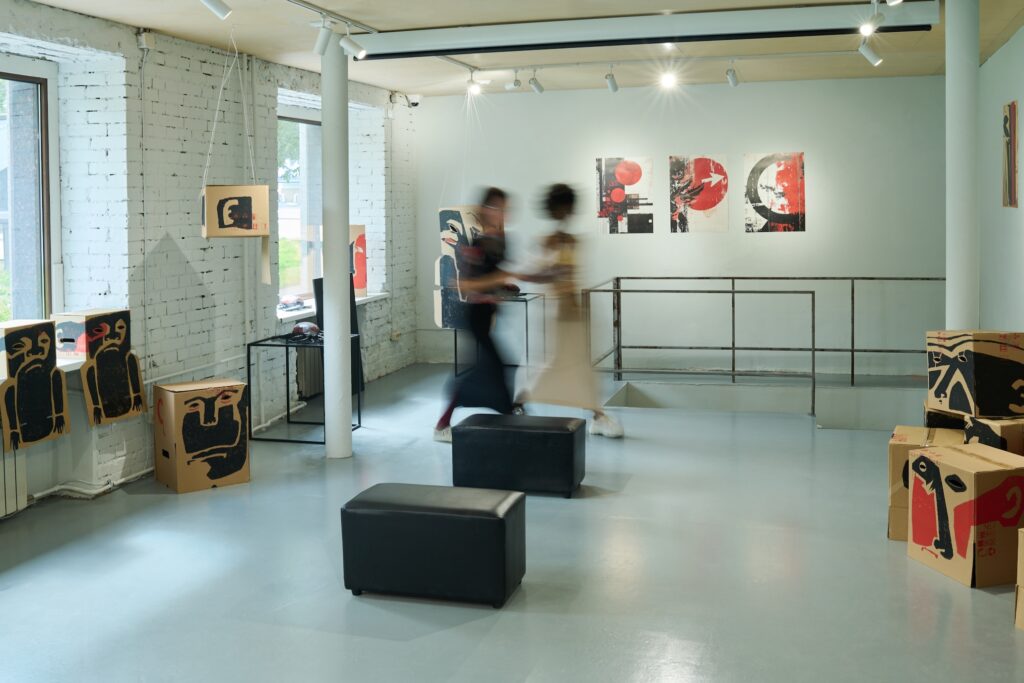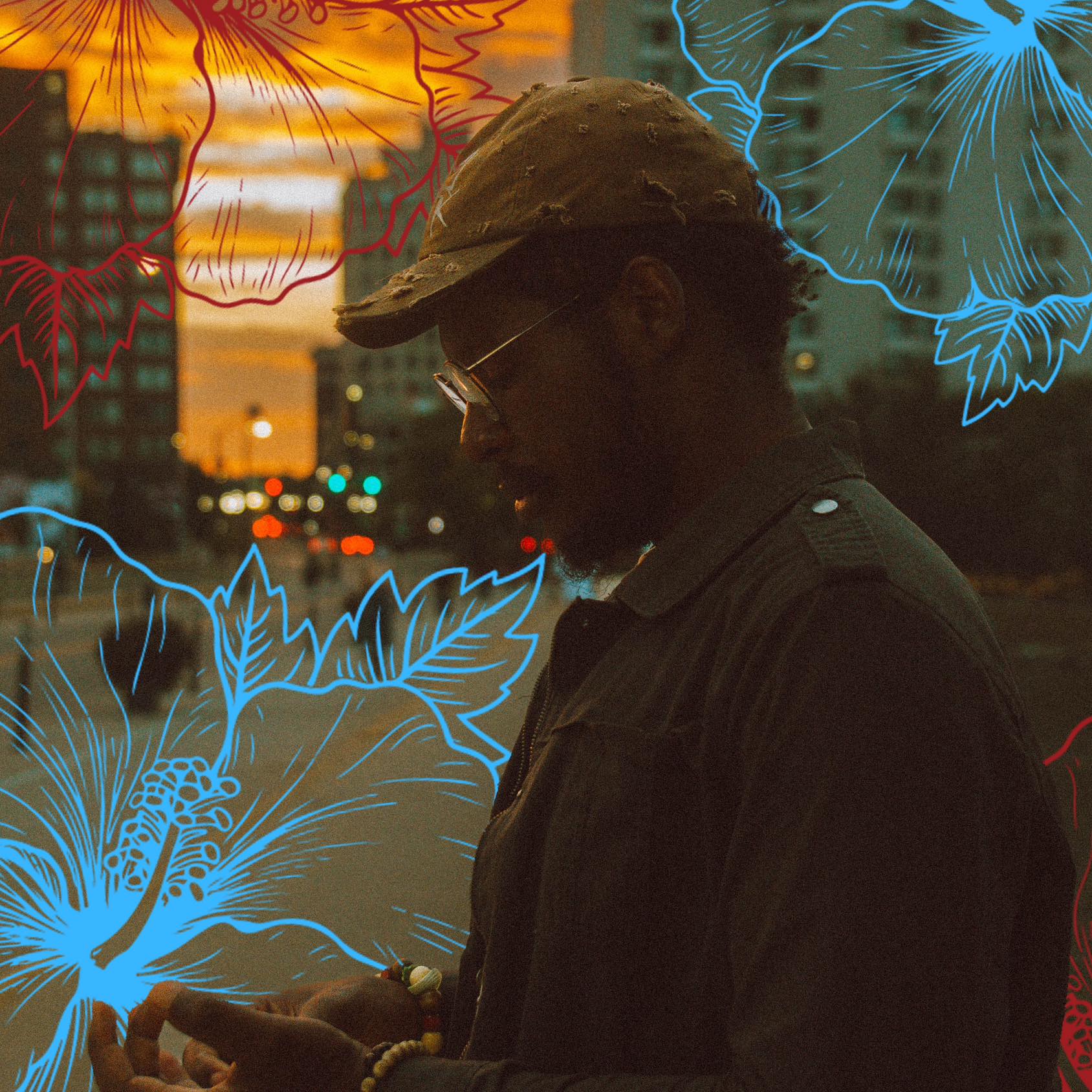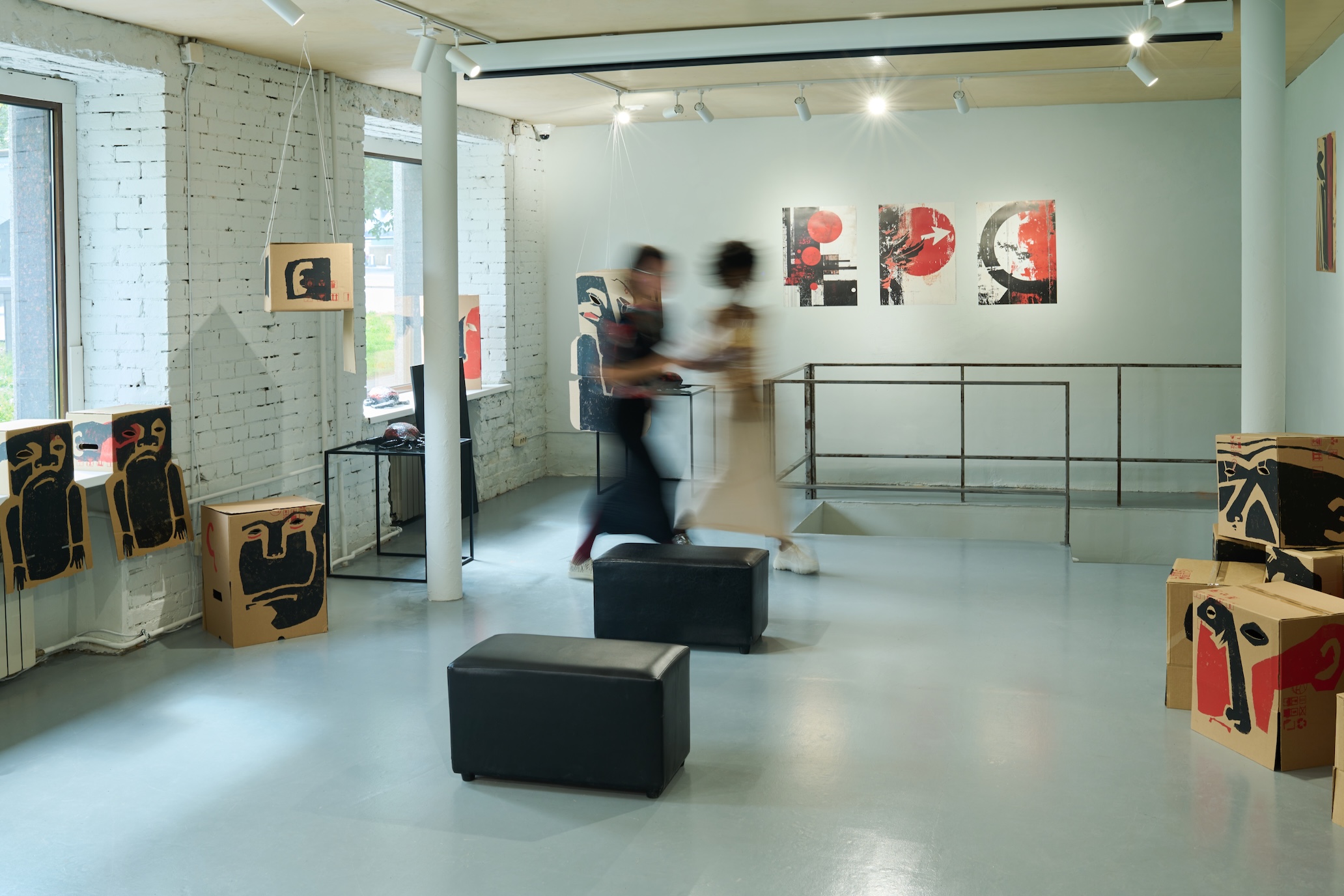
Negotiation is often seen as a daunting challenge, especially for independent and emerging artists navigating their careers. Whether you’re discussing pricing with a collector, pitching your work to a gallery, or collaborating with clients, confidence in negotiation is essential—not just to secure favorable outcomes but also to establish your presence in the art world.
But here’s the twist: in negotiations, both a “yes” and a “no” can work in your favor. While hearing “yes” is exciting, a “no” can open doors to learning, growth, and better opportunities down the line.
This post will guide you on understanding art negotiations, building confidence, reframing rejections, and maximizing your wins. Let’s start charting your path to success!
Understanding Negotiation in the Art World
Negotiating in the creative industry is unlike any other profession; it’s deeply tied to personal expression, value perception, and relationships. Here are key elements unique to art negotiations.
First Thought: Your Art Holds Emotional Value.
Unlike mass-market products, art often evokes emotional connections. Yet, this emotional element can complicate how artists approach negotiation, as it’s easy to undervalue or overvalue pieces.
To succeed, artists need to strategically balance emotional attachment with clear financial objectives. Remember, your art is valuable—not just emotionally but monetarily, too.
Second Thought: Clear and Confident Communication is Key.
Strong communication is pivotal. Whether you’re negotiating for a higher artist fee or booking an exhibition slot, always explain your reasoning with clarity and purpose. It’s not just about what you say, how you say it matters too.
Adopt confident language and stay concise. For example, instead of saying, “I’m hoping you’ll consider my work,” say, “I’d love the opportunity to exhibit my collection, which aligns with your vision.”
Building Confidence as an Artist
Confidence is like a muscle—it grows stronger with practice. Here’s how you can build that muscle for negotiation success.
Remember to: Communicate Like a CEO.
Adopt a CEO-like mindset by being decisive, solution-oriented, and prepared. The “How to Speak Like a CEO” guide emphasizes skills like concise communication, focusing on solutions, and using powerful language. Here’s how you can apply it as an artist:
Be Direct: Replace, “I think this could work for your gallery” with “This collection aligns perfectly with your audience.”
Own Your Voice: Speak confidently and avoid fillers like “um” or “maybe.”
Offer Solutions: Instead of dwelling on a lack of experience, highlight what you bring. For instance, describe how your growing social media audience engages with your work.
Also remember: Shift to a Strategic Mindset.
Stop seeing negotiations as a battle. Instead, approach them collaboratively. You’re not “winning” or “losing” but working together to achieve mutual goals.
Prepare thoroughly by researching the other party. For example, if pitching to a gallery, study their past exhibitions and explain why your artwork fits their portfolio. This “strategic alignment” demonstrates your understanding of their mission while showcasing your professionalism.
Finally, remember to: Practice Purposeful Communication.
Confident communication doesn’t mean talking too much; every word should have weight.
The Power of “No”
Rejection is never easy, but hearing “no” doesn’t define your value as an artist. Instead of seeing it as a dead end, consider it a moment of constructive feedback. What did the rejection reveal? Was it about timing, pricing, or a misalignment with a gallery’s needs? Every “no” offers a chance to pivot, improve, and sometimes even opens the door to better opportunities.
Instead of walking away from rejection, use it as a learning experience. Ask questions like, “What would make my portfolio stronger for future opportunities?” or “What styles or themes resonate most with your audience?” These insights can help refine your work and presentation, making you more prepared for the next opportunity. Sometimes, rejection even leads to unexpected alternatives—such as an invitation to an emerging artist event or a group exhibition. These experiences often serve as steppingstones to greater success.
On the other hand, when you do receive a “yes,” it’s essential to maximize the opportunity. Setting clear expectations is key—whether it’s negotiating an exhibition or finalizing a sale. Details like timelines, deliverables, and responsibilities (such as framing and delivery) should be discussed upfront. A “yes” is more than just validation; it’s a platform to grow your reach. Engaging with audiences through Q&A sessions, social media promotions, or exclusive exhibit pricing can elevate your presence and establish you as a serious artist. Furthermore, professionalism and gratitude go a long way in building lasting relationships with galleries, collectors, and clients, opening the door to future collaborations.
To navigate both acceptance and rejection successfully, artists should take a strategic approach. Researching the audience, gallery, or client beforehand allows for better positioning. Practicing confident communication, preparing strong portfolios and pricing structures, and maintaining a growth mindset can turn any negotiation into an opportunity.
Ultimately, both “yes” and “no” contribute to an artist’s growth. Success isn’t just about sealing the deal—it’s about building a career, one conversation at a time. Every interaction, whether positive or challenging, adds value to your journey. Embrace “no” as a steppingstone, maximize every “yes,” and continue pushing forward. The more you refine your craft, practice your message, and put yourself out there, the closer you get to the career you envision.
Want more insights to fuel your journey? Follow us on social media for daily inspiration and visit us at thecei.org. Dive into our blog for advice, and tune into our podcast for real stories and actionable tips from creatives who’ve been where you are. Join the C.E.I. creative community! Your next breakthrough starts here—let’s grow together!






